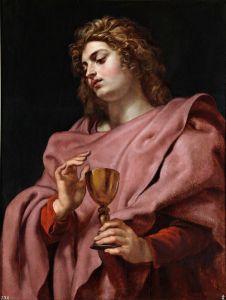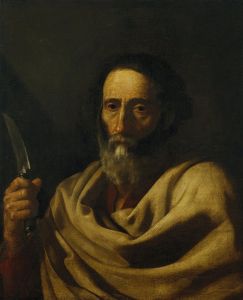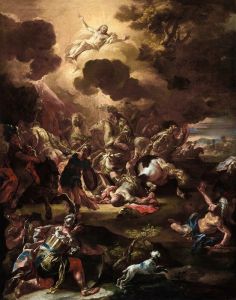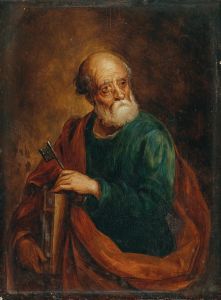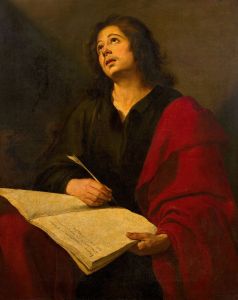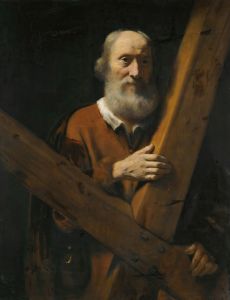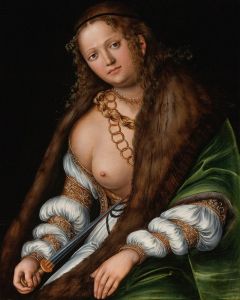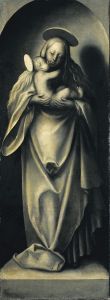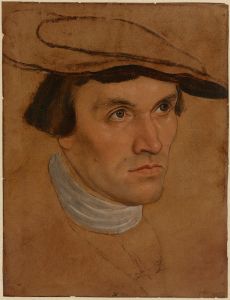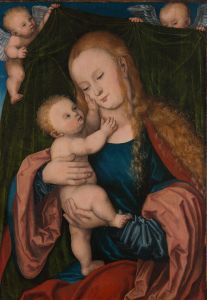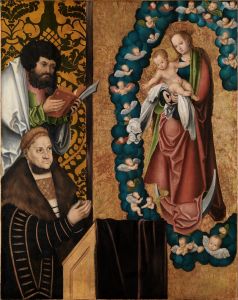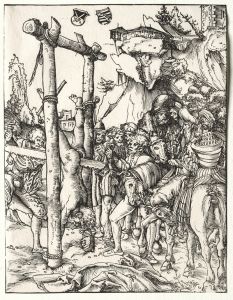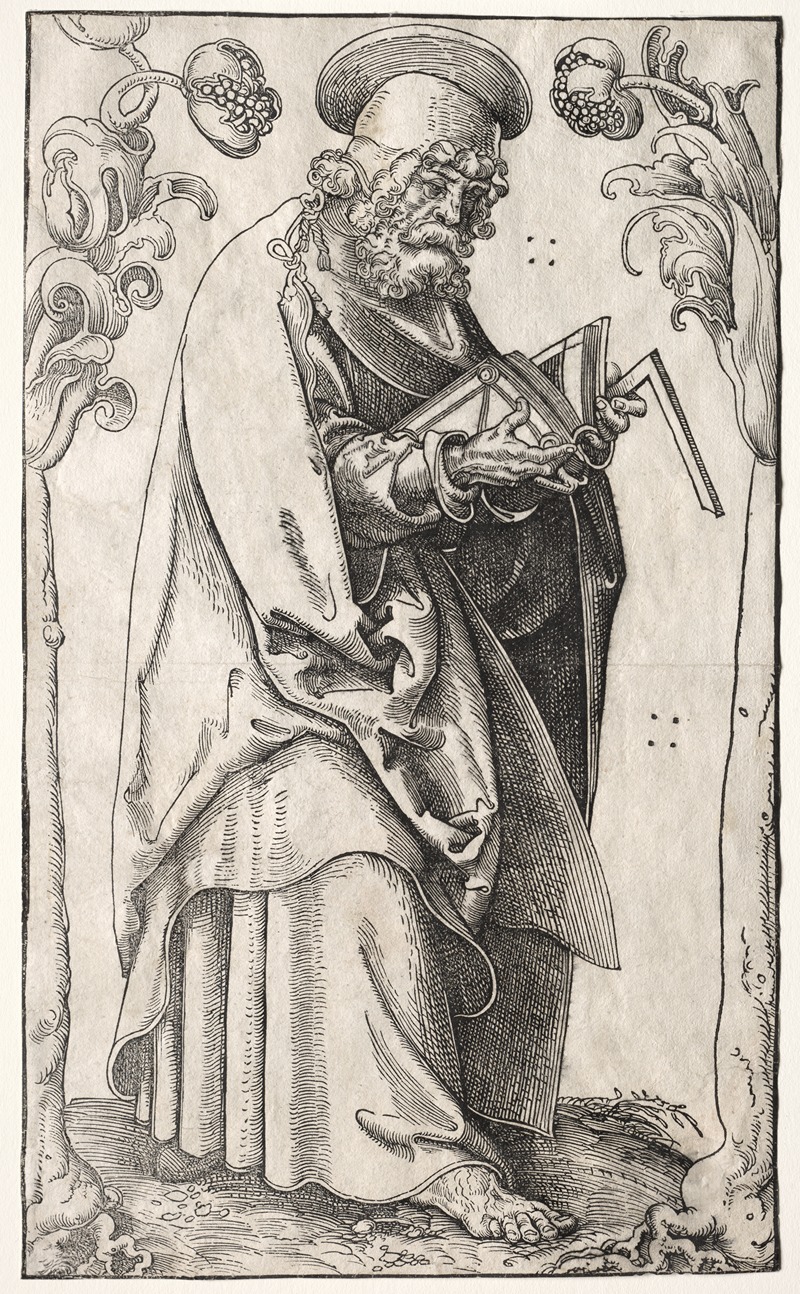
The Apostle Matthew
A hand-painted replica of Lucas Cranach the Elder’s masterpiece The Apostle Matthew, meticulously crafted by professional artists to capture the true essence of the original. Each piece is created with museum-quality canvas and rare mineral pigments, carefully painted by experienced artists with delicate brushstrokes and rich, layered colors to perfectly recreate the texture of the original artwork. Unlike machine-printed reproductions, this hand-painted version brings the painting to life, infused with the artist’s emotions and skill in every stroke. Whether for personal collection or home decoration, it instantly elevates the artistic atmosphere of any space.
Lucas Cranach the Elder, a prominent German Renaissance painter, is known for his significant contributions to art during the early 16th century. Among his many works is "The Apostle Matthew," a painting that exemplifies his skill and style. Although specific details about this particular painting are limited, it is part of Cranach's broader body of religious works that reflect the theological and cultural shifts of his time.
Lucas Cranach the Elder was born in 1472 in Kronach, Germany. He became a leading figure in the Northern Renaissance, known for his portraits, religious subjects, and mythological scenes. Cranach was closely associated with the Protestant Reformation and was a friend of Martin Luther, which influenced much of his religious artwork. His works often feature a distinctive style characterized by precise lines, vibrant colors, and a keen attention to detail.
"The Apostle Matthew" is believed to be one of Cranach's religious paintings, depicting Saint Matthew, one of the twelve apostles of Jesus and traditionally considered the author of the Gospel of Matthew. In Christian iconography, Matthew is often portrayed with a book or scroll, symbolizing his role as an evangelist, and sometimes with an angel, who is said to have inspired his writings. Cranach's depiction would likely include these elements, consistent with the iconographic traditions of the time.
Cranach's religious paintings were often commissioned by churches or private patrons who supported the Reformation. His works served not only as devotional images but also as tools for religious education and propaganda. The Reformation period was marked by a shift in religious art, moving away from the elaborate and ornate styles of the Catholic Church to more straightforward and didactic representations that aligned with Protestant values.
Cranach's workshop was highly productive, and he employed numerous assistants, which allowed for the creation of many versions and copies of his works. This practice was common during the Renaissance and helped disseminate his style and religious messages across Germany and beyond. As a result, multiple versions of "The Apostle Matthew" may exist, each varying slightly in composition and detail.
The painting would have been executed using oil on panel, a common medium for Cranach, allowing for rich color and fine detail. His technique involved layering thin glazes of paint to achieve depth and luminosity, a hallmark of his style. The use of oil paint also enabled Cranach to capture intricate details in the facial expressions and garments of his subjects, bringing them to life with a sense of realism and presence.
While specific information about "The Apostle Matthew" by Lucas Cranach the Elder is scarce, the painting is representative of his broader oeuvre and the religious and cultural context of the time. Cranach's work remains significant for its artistic merit and its role in the visual culture of the Reformation, reflecting the complex interplay between art, religion, and politics in 16th-century Europe.





